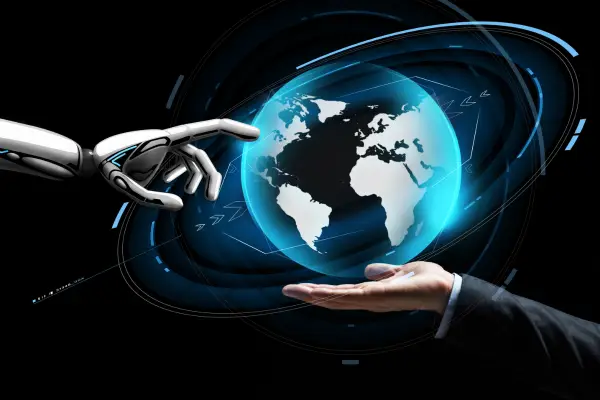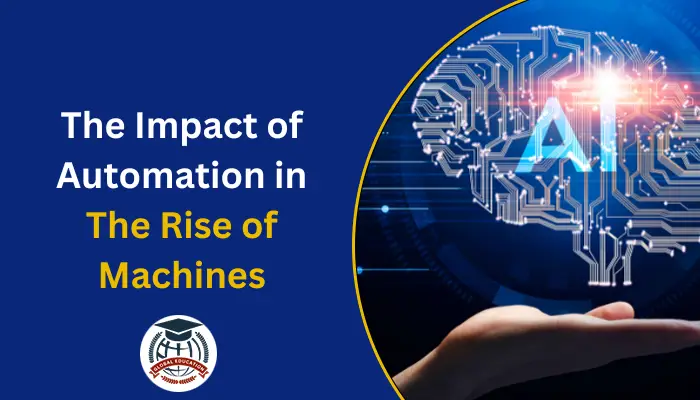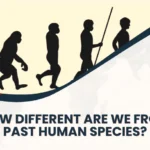The advancement of technology has been a constant in human communities throughout history. From the wheel to the steam engine, every invention has altered the way we work, live, and communicate. A new age characterized by automation and artificial intelligence has, however, lately begun as the rate of change has increased dramatically. The present automation revolution differs from other waves of technical innovation in terms of its size, effect, and prospective outcomes. This article delves into the reasons why automation is distinct this time and explores its implications for the future.
Unprecedented Technological Convergence
What sets the current wave of automation apart is the unprecedented convergence of multiple technological domains. Advances in robotics, machine learning, big data, and connectivity have combined to create a synergy that accelerates the adoption and integration of automation into various industries. This convergence allows machines to perform complex tasks that were once deemed solely the domain of human expertise. For instance, robotic systems can now handle intricate surgeries with remarkable precision, and self-driving cars navigate intricate city roads.
Ubiquitous Data and Machine Learning
Central to this technological convergence is the availability of vast amounts of data and the power of machine learning algorithms. Unlike earlier instances of automation, today’s machines can learn and adapt from the enormous datasets they are fed. This enables them to refine their performance over time, leading to capabilities that surpass human limitations. From customer preferences in e-commerce to disease detection in healthcare, machine learning-driven automation is making decisions that were once solely the purview of human experts.
Transforming Labor Landscape

Automation’s impact on the labor landscape is another aspect that sets it apart. While past technological shifts often led to new job opportunities, the current wave is marked by the potential for widespread job displacement. Routine and repetitive tasks, which are most susceptible to automation, constitute a significant portion of the global workforce. As machines take over these tasks, millions of workers face the challenge of upskilling or transitioning to entirely new roles. The rise of automation is not just about efficiency gains; it necessitates a rethinking of how societies structure work and education.
Economic Implications and Inequality
The economic consequences of automation are deeply intertwined with its transformative nature. Automation promises increased productivity and efficiency, which can drive economic growth. However, there is a potential downside: the exacerbation of inequality. As technological gains accumulate, those who possess the skills to develop, operate, and maintain these technologies stand to benefit disproportionately. Without intentional policies aimed at equipping the workforce with new skills and ensuring fair distribution of benefits, the automation revolution could contribute to a more unequal society.
Human-Machine Collaboration

Contrary to dystopian visions of machines replacing humans entirely, the current wave of automation emphasizes human-machine collaboration. This marks a departure from past automation efforts, which aimed to replace human labor with machines. Now, the focus is on creating synergistic partnerships where machines amplify human abilities. For instance, in healthcare, radiologists work alongside AI systems to improve diagnostic accuracy. This shift from competition to collaboration highlights the potential for automation to enhance human capabilities rather than replace them.
Ethical and Societal Considerations
The rise of automation introduces complex ethical and societal considerations that were not as pronounced in previous technological revolutions. Questions about algorithmic bias, privacy invasion, and the role of autonomous systems in critical decision-making processes come to the fore. Deploying self-driving automobiles, for instance, necessitates addressing moral conundrums on how these vehicles should prioritize preventing accidents. To guarantee that the advantages of automation are harnessed ethically, it is necessary for ethicists, technologists, politicians, and society at large to collaborate across disciplines.
Reimagining Education and Lifelong Learning
As automation reshapes the nature of work, education is undergoing a transformation as well. The traditional model of education, where individuals acquire skills in their youth and rely on them throughout their careers, is becoming inadequate. Lifelong learning is gaining prominence, enabling individuals to continually update their skills and adapt to the evolving job landscape. This shift necessitates a reimagining of educational systems and policies, emphasizing not just academic knowledge but also critical thinking, adaptability, and creativity.
Conclusion
The rise of automation is undeniably different this time, characterized by technological convergence, data-driven learning, labor landscape transformation, economic implications, human-machine collaboration, and complex ethical considerations. The present wave of automation forces us to reevaluate accepted paradigms, including those governing how we work and learn, as well as how we distribute rewards and handle moral quandaries. As we go through this revolutionary period, it is crucial to harness automation’s potential for the greater good, making sure that technological advancement is in line with human values and ambitions.







0 Comments